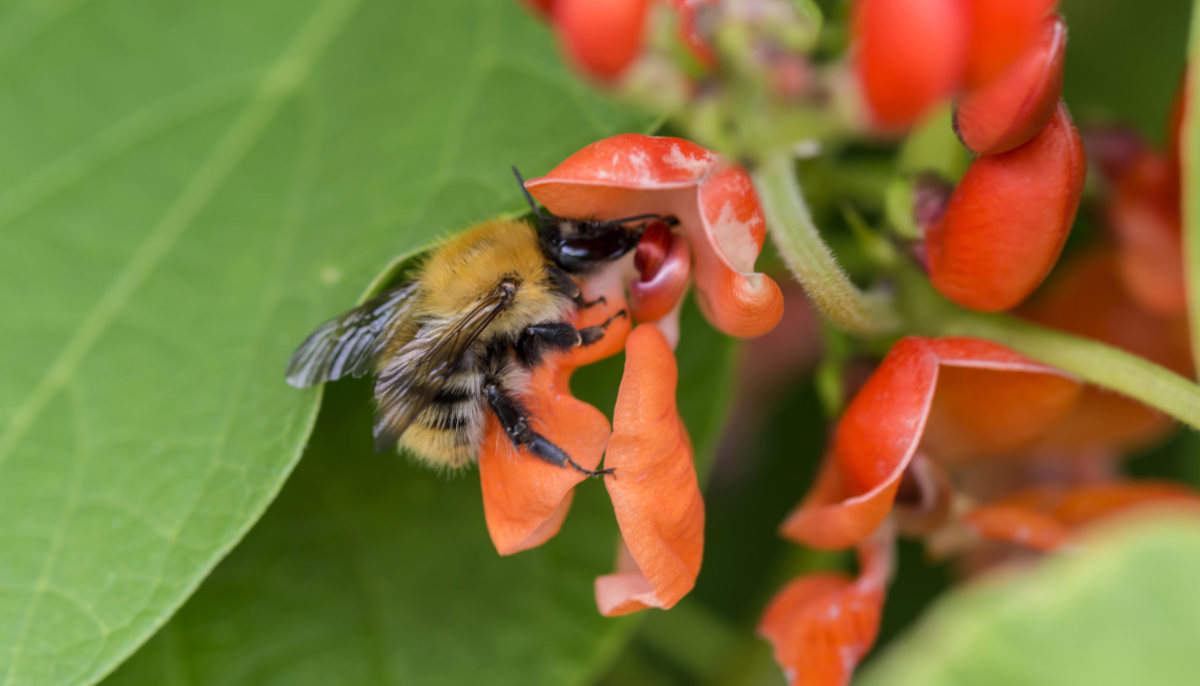Fruit and veg growers hoping for a rich harvest may be disappointed if they haven’t attracted enough pollinators to their plots.
Horticulturist and TV plantswoman Christine Walkden reckons that a few simple changes can make all the difference between a poor harvest and a bountiful one.
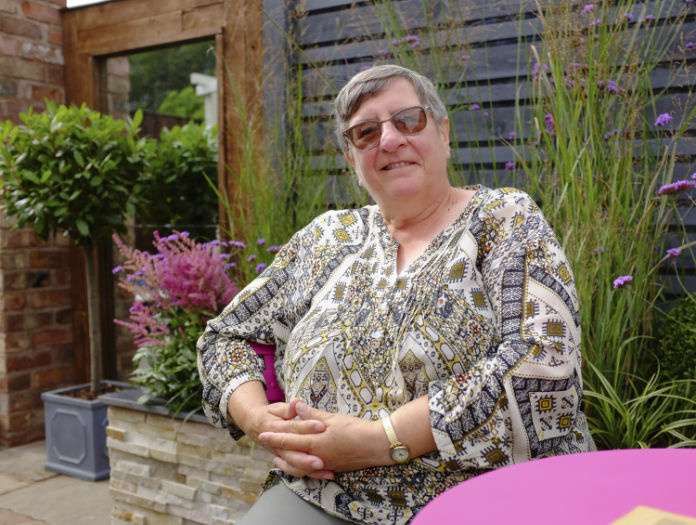
8 ways to make your garden a magnet for pollinating insects
Walkden offers the following top tips
1. Grow a wide range of flowers
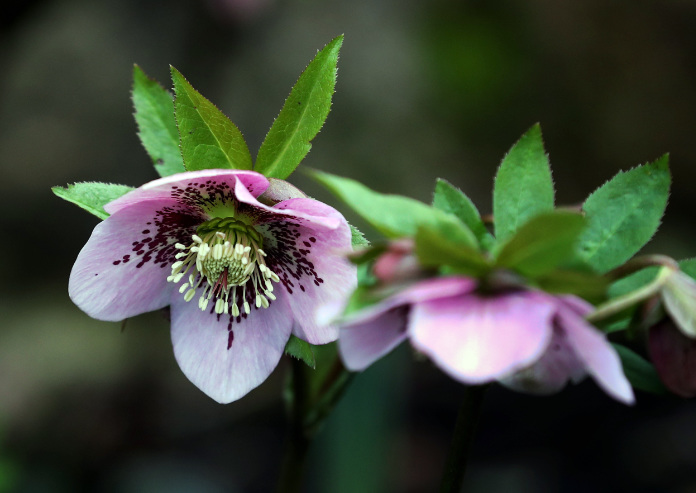
“Insects need food throughout the year,” she explains. “People tend to plant for the summer, but not for the early spring and late autumn. Make sure you plant spring-flowering bulbs and hellebores, and autumn-flowering bulbs and plants such as cyclamen.
“There are insects in the garden throughout the year who need flowers to get the nectar from. You need to look at the entire season,” Walkden adds. “People might have a nettle patch and think that’s sufficient, but that will only attract certain caterpillars. You need phenomenal diversity, which will comprise of lots of different insects, to create the balance of nature.
“Ants will eat greenfly, craneflies feed on grasses and other insects will balance each other. You need to provide them with a food source.”
2. Don’t grow crops too close together
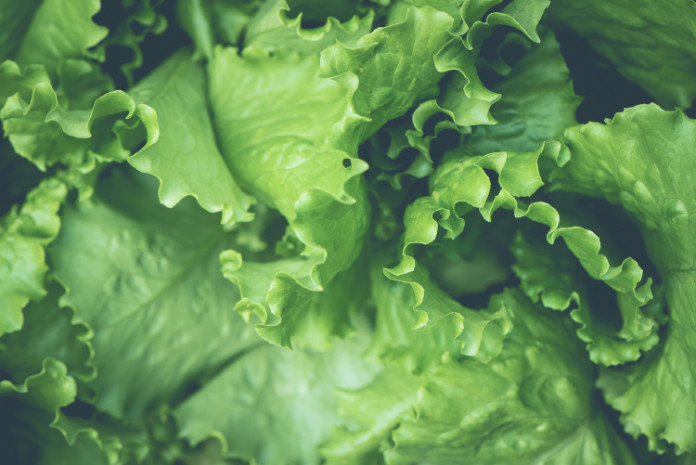
“If you grow crops too close together, the insects can’t find the flowers. Look at the seed packet and plant at the recommended spacing. People tend to cram plants in and then you get diseases such as botrytis (grey mould) because of stagnant air.
“People might think that by cramming things in they will get more out of the land, but they won’t.”
3. Don’t hide flowers with foliage
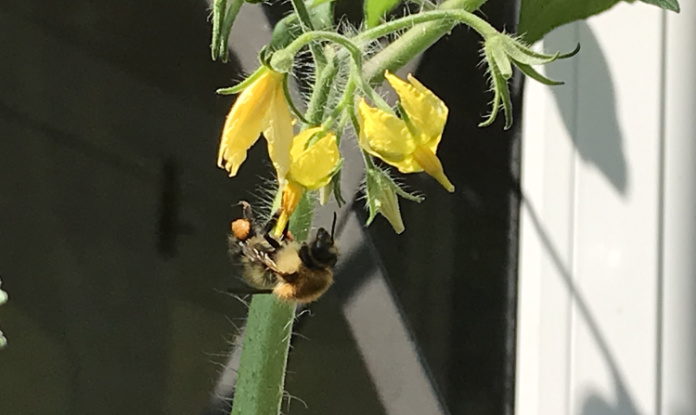
Insects need access to anything that needs to be pollinated, such as peas and beans, squashes and pumpkins.
“We do the three sisters thing (intercropping sweetcorn, runner beans and squashes), but often the squashes are not that productive – because they don’t get pollinated because there’s too much foliage around the place and insects can’t find them,” Walkden notes.
4. Provide wind protection
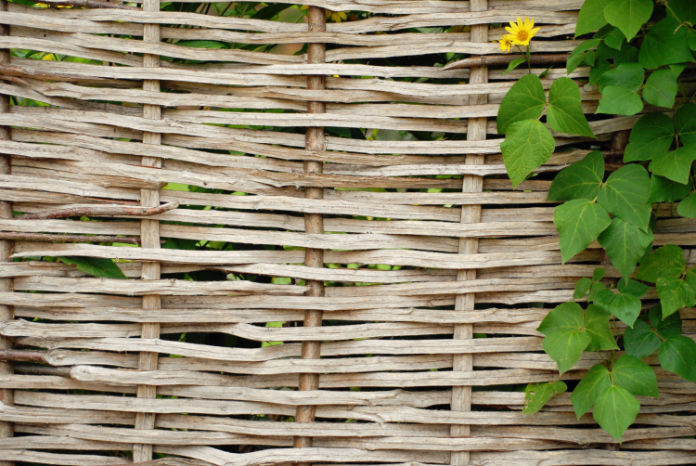
“If it’s too windy, insects can’t fly. A sheltered site will be much better. Put windbreaks up if you have a very windy site. Apple blossom won’t survive a howling wind tunnel.”
5. Mix flowers with vegetables
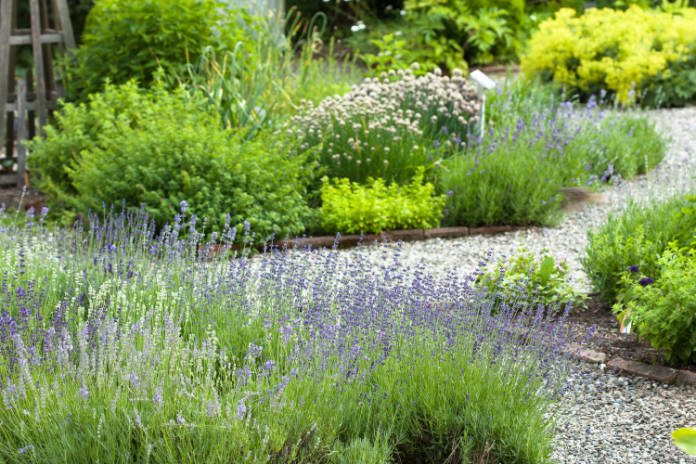
“A lot of herbs, including dill, coriander, rosemary and lavender, will attract a wide range of insects. Those can be planted in or around the vegetable garden, as a herb border or a herb garden close to your vegetable garden,” says Walkden. “Growing mint at ground level provides shelter for ground beetles.”
You can also grow sweet peas up wigwams with runner beans, the logic being that the flowers from the sweet peas will attract insects who will in turn pollinate more flowers from the runner beans.
6. Leave a saucer of water out
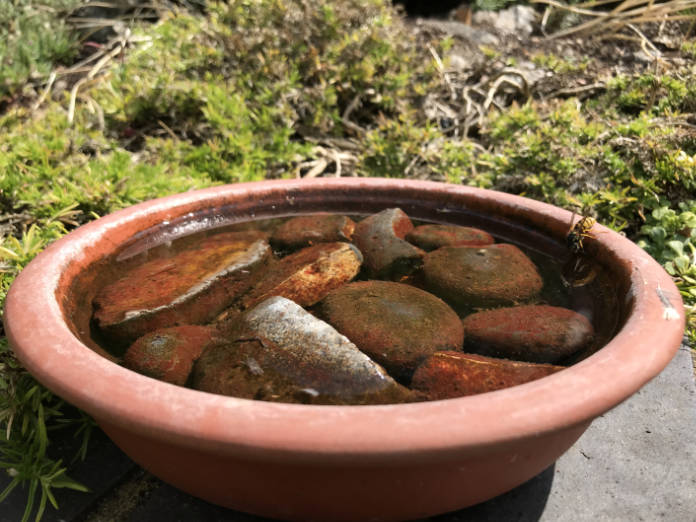
“Many of us don’t do it because we forget that insects actually need water to feed on. Leave a saucer out with a few stones in it that the insects can rest on while drinking.”
7. Leave an area wild
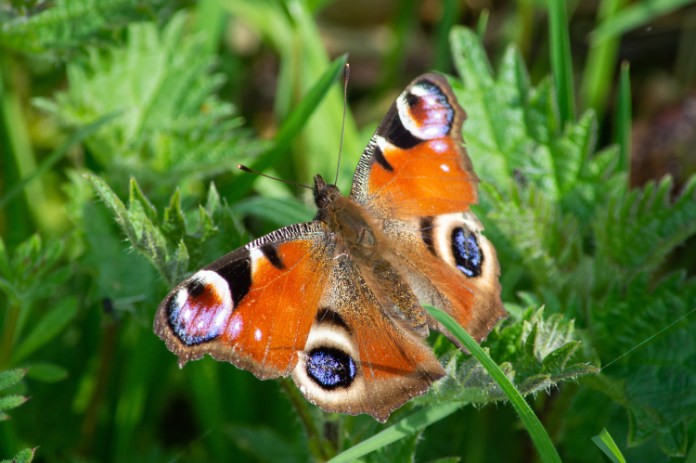
Walkden also suggests leaving an area of rough vegetation containing wild flowers and weeds such as nettles, as these are the homes of many beneficial insects.
8. Look at the wider picture
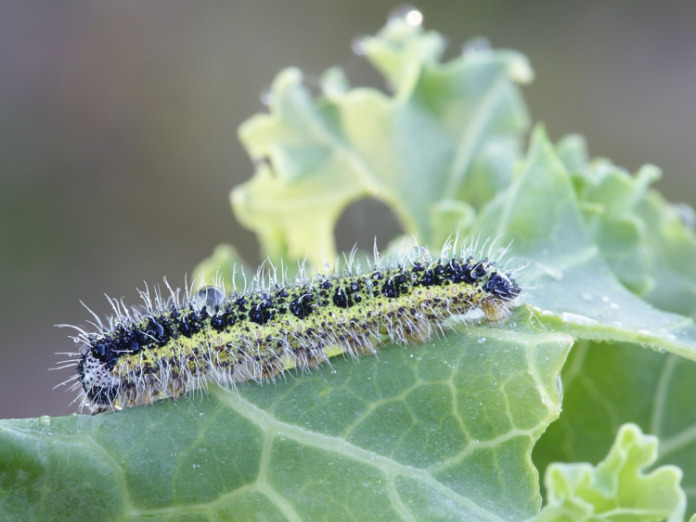
Not all edibles are flowering, but you need to attract a diverse range of insects to protect crops, she says.
“If you think of cabbage white caterpillars, you need other insects (such as wasps) and birds to eat them, but cabbages are not flowering. It’s the complex chain that one thing will feed another thing,” Walkden explains.
“If you are just thinking about pollination, you’re looking fundamentally at peas and beans because they are the ones that flower.
“If you are looking to develop a good eco-system in the vegetable garden, so that your plants are being protected by beneficial insects, you need to have a wider range of plants.”























































